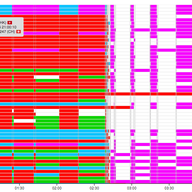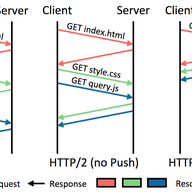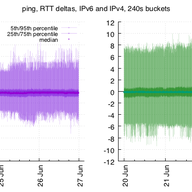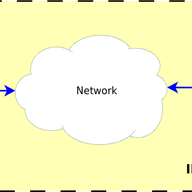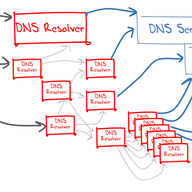
Measuring the KSK Roll

Geoff Huston AM is the Chief Scientist at APNIC, where he undertakes research on topics associated with Internet infrastructure, IP technologies, and address distribution policies. From 1995 to 2005, Geoff was the Chief Internet Scientist at Telstra, where he provided a leading role in the construction and further development of … More
• 23 min read
When viewed as a network infrastructure, looks can be very deceiving when looking at the DNS. It appears to be a simple collection of resolvers and servers. Clients pass their DNS name resolution queries to resolvers, who then identify and ask an appropriate authoritative name server to resolve …


